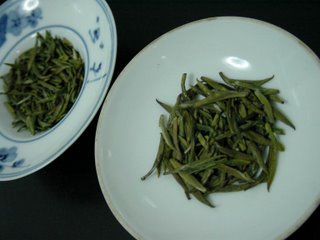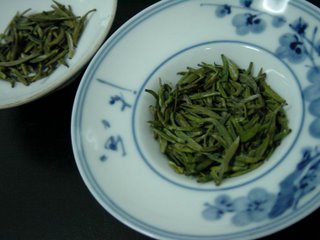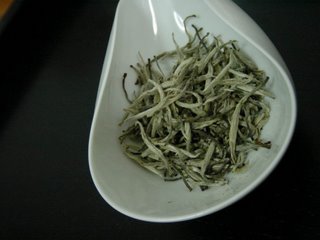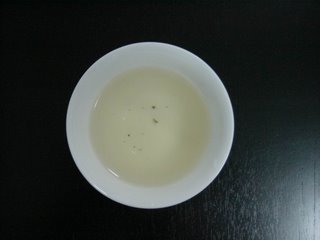Tea Expo 2006, Serdang, Malaysia

It has been a while since I've written, sorry guys! ...
Between 17 and 26 Nov was the Tea & Coffee Expo in Serdang, Malaysia, with a bookfair thrown. This was held in Mines, a resort region in peninsular Malaysia.
Had a difficult time getting there, despite directions given by friends and relatives, but I was glad to have finally located it! The Tea & Coffee (what coffee?! There were less than 3 coffee selling stalls there!) Expo was held - if my observation was right - at the LOBBY to the expo hall, where the bookfair was; but it has drawn to it some powerhouse players in the field of pu'er, and interested pu'er drinkers from afar.
The stalls were arranged along the rectangular lobby, and although it was a Tea & [Coffee] Expo, in reality, I would guess that 95% of the stalls there were offering pu'ers in all shapes, sizes, and factories.
The moment I walked into the expo, I was pulled into a stall by a friend and introduced to a Mr Huang Chaunfang (黄傳芳) who is a master tea roaster.
 Had a good time discussing roasting and effects on food, and along the way made other new friends, a Phoenix cable station executive, another media executive from Shanghai, and an artist who wrote me one of the tenets of the philosophy of tea.
Had a good time discussing roasting and effects on food, and along the way made other new friends, a Phoenix cable station executive, another media executive from Shanghai, and an artist who wrote me one of the tenets of the philosophy of tea.

天蘊茶, 人製茶, 地育茶
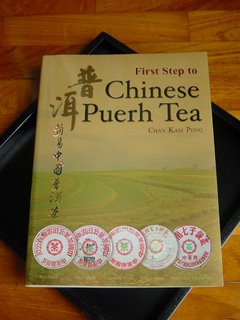 The highlight of this year's Tea Expo is perhaps the launch of the first english book on pu'er by Chan Kam Pong, an avid pu'er drinking and collector from Hongkong. This is undoubtedly a good news for the non-chinese speaking pu'er lovers.
The highlight of this year's Tea Expo is perhaps the launch of the first english book on pu'er by Chan Kam Pong, an avid pu'er drinking and collector from Hongkong. This is undoubtedly a good news for the non-chinese speaking pu'er lovers.

Had a difficult time getting there, despite directions given by friends and relatives, but I was glad to have finally located it! The Tea & Coffee (what coffee?! There were less than 3 coffee selling stalls there!) Expo was held - if my observation was right - at the LOBBY to the expo hall, where the bookfair was; but it has drawn to it some powerhouse players in the field of pu'er, and interested pu'er drinkers from afar.
The stalls were arranged along the rectangular lobby, and although it was a Tea & [Coffee] Expo, in reality, I would guess that 95% of the stalls there were offering pu'ers in all shapes, sizes, and factories.
The moment I walked into the expo, I was pulled into a stall by a friend and introduced to a Mr Huang Chaunfang (黄傳芳) who is a master tea roaster.

 Had a good time discussing roasting and effects on food, and along the way made other new friends, a Phoenix cable station executive, another media executive from Shanghai, and an artist who wrote me one of the tenets of the philosophy of tea.
Had a good time discussing roasting and effects on food, and along the way made other new friends, a Phoenix cable station executive, another media executive from Shanghai, and an artist who wrote me one of the tenets of the philosophy of tea.
天蘊茶, 人製茶, 地育茶
 The highlight of this year's Tea Expo is perhaps the launch of the first english book on pu'er by Chan Kam Pong, an avid pu'er drinking and collector from Hongkong. This is undoubtedly a good news for the non-chinese speaking pu'er lovers.
The highlight of this year's Tea Expo is perhaps the launch of the first english book on pu'er by Chan Kam Pong, an avid pu'er drinking and collector from Hongkong. This is undoubtedly a good news for the non-chinese speaking pu'er lovers.
